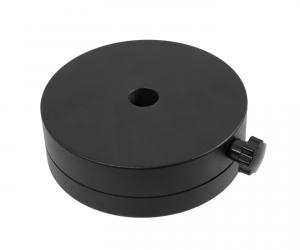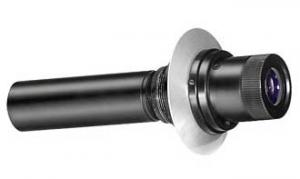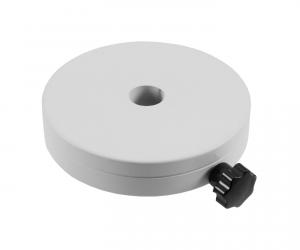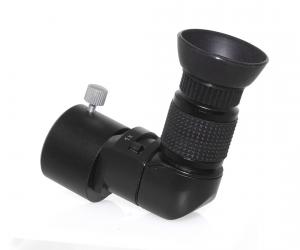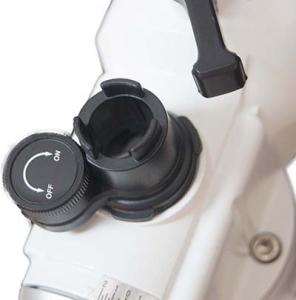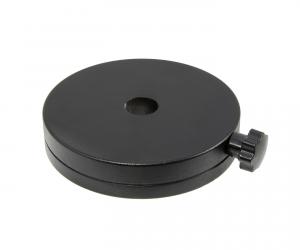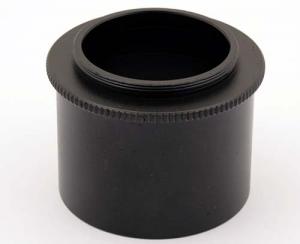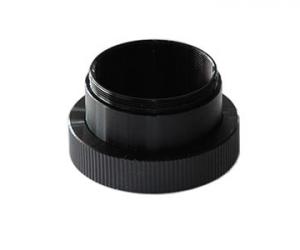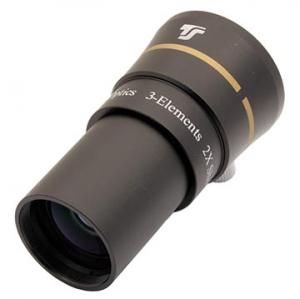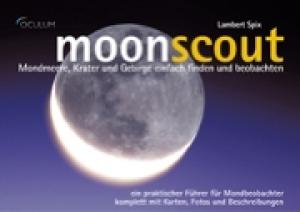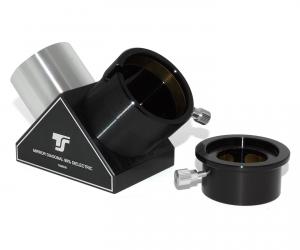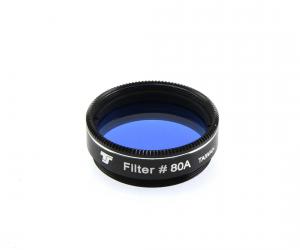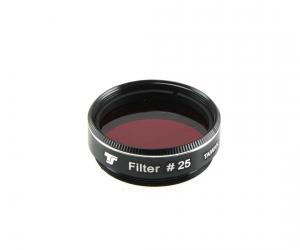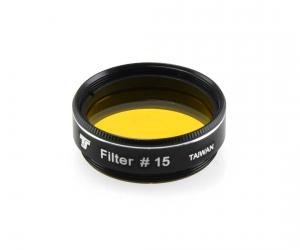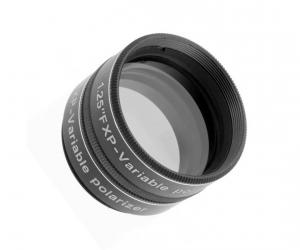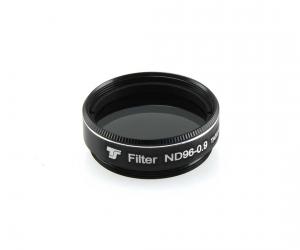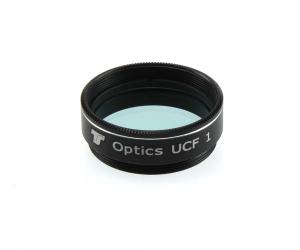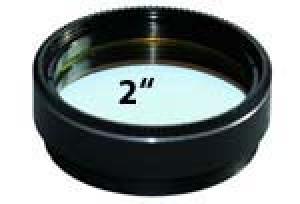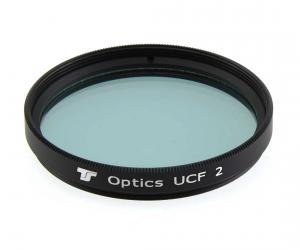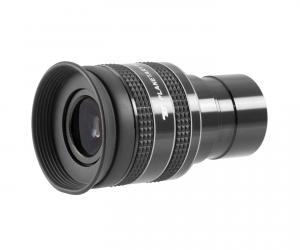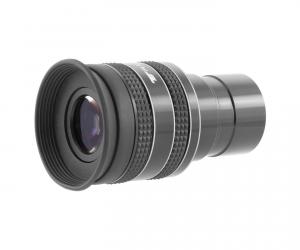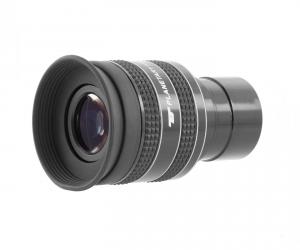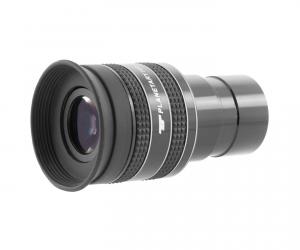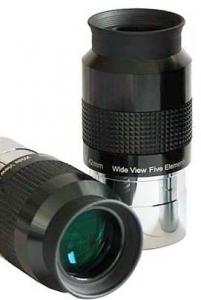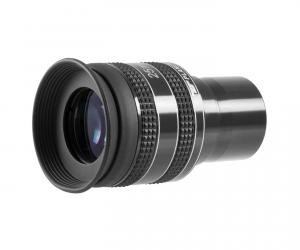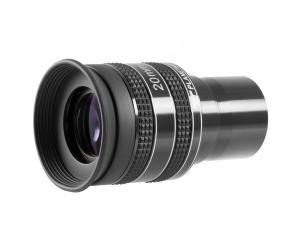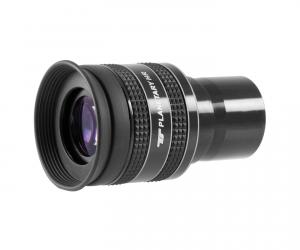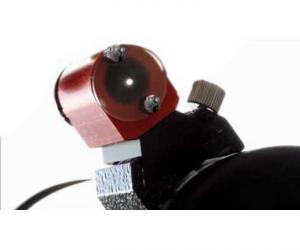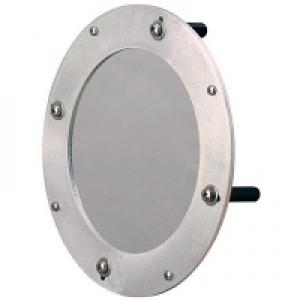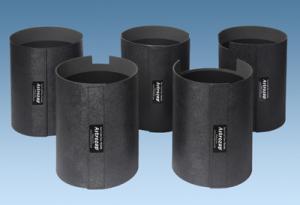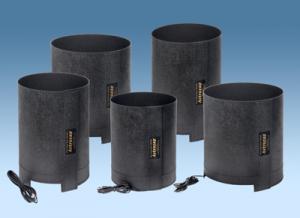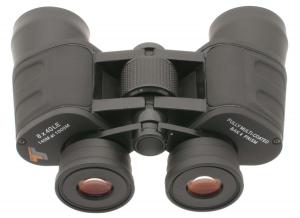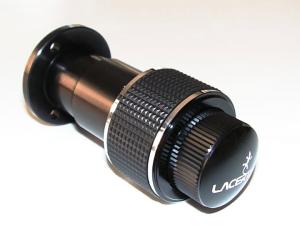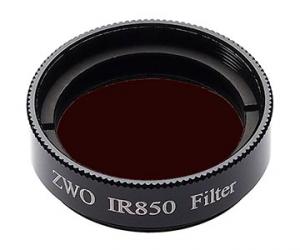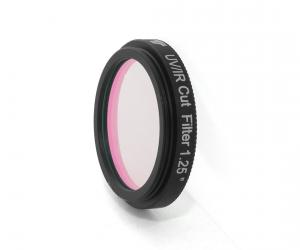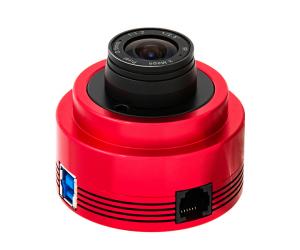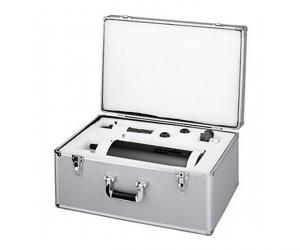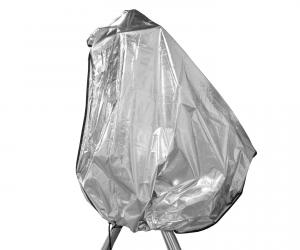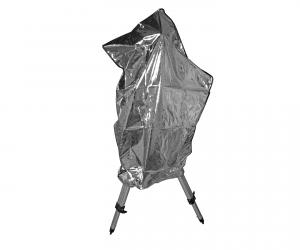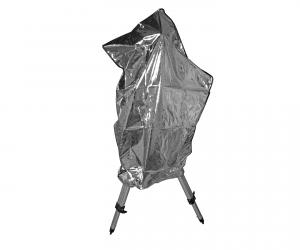- Telescopes
- Overview:
Telescopes - Achromatic Refractor
- Apochromatic Refractor
- Overview:
Apochromatic Refractor - ED Refractor - less color aberration than an achromatic
- SD APO - color free 2-element APO objective
- EDT APO - 3 element ED objective
- High End APO with 3-element APO objective - no color aberation
- Flatfield APO with flat field for Astrophotography
- All Apos and EDs from all manufacturers - large overview
- TS APO and ED from Japan with high quality optics
- Overview:
- Newtonian Telescopes
- Dobsonian Telescopes
- RC Ritchey Chretien Telescopes
- Casssegrain Telescopes
- Reflektor Telescopce with Lens Correcture
- Maksutov Cassegrain Telescopes
- GoTo Telescopes
- Solar Telescopes H-Alpha
- Overview:
- Mounts Tripods Rings Rails Power Supply ...
- Overview:
Mounts Tripods Rings Rails Power Supply ... - Mounts Equatorial with GoTo
- Mounts Equatorial without GoTo
- Mounts Azimutal with GoTo
- Mounts Azimutal without GoTo
- Mounts GoTo - Harmonic Drive
- Travel mounts for astro imaging
- Tripods Piers Polar Wedges
- Mount Control & Electronics
- Dovetail Clamps, Plates and Mount Adapters
- Tube Rings
- Power Supply
- Counterweights Balance Weights
- Mount Accessories - Other
- Overview:
- Telescope Accessories
- Overview:
Telescope Accessories - Eyepieces
- Barlows & Reducer Lenses
- Diagonal Mirrors and Prisms
- Binocular Viewers
- Finder Scopes
- Telescope Collimation and Test
- Cleaning Tools
- Transport and Storage
- Dust protection for Telescopes & Accessories
- Stray Light Protection
- Dewcaps and Heater
- Focusers, Adapters, Motorfocus
- Telescope DIY & Improvement
- Other telescope accessories
- Replacement Parts
- Overview:
- Filters
- Overview:
Filters - Color Filters and Color Filtersets
- Nebular Filters for Visual Observing
- Neutral-Density and Polfilter
- Photo Narrowband Nebular Filters
- Photo Broadband Filters
- Photo Planetary Filters
- Photo R-G-B and IR Cut Filters
- Photo - Filtersets
- Photometric Filters
- Clip Filter for DSLR Cameras
- Filter Wheels and Filterslider
- Solar Filters for white light
- Solarfilter for H-Alpha and Calcium
- Overview:
- Adaptors
- Overview:
Adaptors - Adapter 1,25" and 24,5mm
- Adapter 2"
- Adapter T2 - M42x0.75
- Adapter M48x0,75
- Adapter M54
- Adapter SC
- Adapter M63
- Adapter M68
- Adapter to other Threads
- Adapter Extensions
- Adapter camera bayonet
- Adapter Objective Filterthread
- Adapter Quick Changing , Rotation
- Adapter Eyepiece Projection
- Adapters Tilting
- Overview:
- Astrophotography and Photography
- Overview:
Astrophotography and Photography - Cooled Cameras
- Cameras without Cooling
- Deep-Sky Cameras uncooled
- Set-Offers Camera, Filter, Wheels
- Acessories for Cameras
- Travel mounts for astro imaging
- Imaging Correctors for Telescopes
- Autoguiding Cameras & Sets
- Everything for Guiding
- Focusing aids - Bahtinov mascs
- Flat Field foils and boxes
- Lenses for Cameras
- Piggyback Camera Holder
- Camera Bags, Photocases & more
- Digital Camera and Smartphone Adapter
- Other photo accessories
- Overview:
- Binoculars, Spotting Scopes, Microscopes, Range Finders
- Overview:
Binoculars, Spotting Scopes, Microscopes, Range Finders - Spotting Scopes and Acessories
- Roof Prism Binoculars
- Binoculars with Porro prisms
- Binoculars from 100mm Aperture
- Binoculars with 1,25 inch eyepieces
- TSMX APO Binoculars
- Binoculars for Astronomy
- Binoculars Hiking Bird watching
- Monoculars - Opera Binoculars
- Accessories for Binoculars
- Range Finders
- Microscopy
- Bags for Phototripods & Binoculars
- Overview:
- Phototripods and Binomounts
- Books, Software
- Overview:
Books, Software - Books for Astronomy Beginners
- Star Charts and Planispheres
- Books about our Solar System
- Observing Tips for Amateurs
- Popular Astronomy Literature
- Teaching material
- Astrophotography books
- Telescopes, Observatories, Construction
- Calendars Yearbooks
- Software, Star Charts
- Books for Microscopers
- Books Nature and Animals
- Nature Photography TimeLapse
- Overview:
- Night Vision, Magnifiers, Weather, Domes & more
- Beginner Astronomy and Gift Ideas
- Second Hand & Special Offers
- New products
Manufacturer: Skywatcher
Product number: BKM150EQ5
EUR1334.00new
EUR 1.334,00
incl. 19 % VAT (DE)
The VAT indicated refers to that applicable in Germany. After logging in, the VAT amount is adjusted to the applicable VAT of the stored delivery country. Therefore, the final price may vary accordingly.
excl. 26.94 € shipping costs (DE)
more details to the shipping costs ...Please log in to calculate shipping costs to your country.
rating: 4.0 of 5Skywatcher Skymax-150 Maksutov-Cassegrain on lightweight mount EQ51
- Details..
- Technical data..
- In the box..
- Reviews..
- Manufacturer infos..
- Safety informations..
Skywatcher Skymax-150 Maksutov-Cassegrain Telescope with equatorial Mount EQ5
The powerful and modern Skywatcher Maksutov-Cassegrain with 150 mm aperture is a very good basis for deep sky and planetary observation. No chromatic aberration disturbs the outstanding contrast and the stars are pin-point dots.A wider field with 2"
Especially for deep-sky observation, 2" eyepieces are very useful, especially with this focal length. This Maksutov alreadily has a 2" connection. With the included 2" eyepiece 28 mm for example, the complete full moon fits into the field of view.Astrophotography with the Skymax 150
This Maksutov is the right instrument for the enthusiastic planetary photographer. The focal length of 1800 mm is ideal for imaging large areals of the moon. With a 2.5x Barlow you can achieve optimal resolution for fine detail on planets and the lunar surface.
The equatorial mount EQ5
This German equatorial mount supplies a stable base and, with 10 kg payload, it has still reserve capacity with the Maksutov.A solid and height-adjustable steel-tube field tripod is included.
precise construction also for astrophotography
portable
saddle plate Vixen GP style
can be used for other telescopes like rich field instruments
can be fitted with polar finder, drives or even GoTo
Here you can find more information about the EQ5 mount.
Useful information by Teleskop-Service: The Maksutov-Cassegrain System
 A Maksutov-Cassegrain combines compact design with an image quality that´s close to a classical refractor. Compared with fast refractors of the same aperture, the quality is even better because a Maksutov-Cassegrain has no disturbing false colour.
A Maksutov-Cassegrain combines compact design with an image quality that´s close to a classical refractor. Compared with fast refractors of the same aperture, the quality is even better because a Maksutov-Cassegrain has no disturbing false colour.Thus the Maksutov-Cassegrain is an interesting alternative for astronomers who pay pay attention on high-contrast imaging but need a compact system.
On the other hand, a Maksutov-Cassegrain is not a very "fast" system. Compared with the aperture, the focal length is relatively long. This is ideal for lunar and planetary observation, but wide field objects like the Pleiades or the Andromeda Galaxy cannot be viewed in their full dimension.
The optical design (see picture above):
Light passes through the meniscus corrector, is reflected by the spherical primary mirror and is then directed by the spherical secondary mirror to the focal plane. The abberations of the spherical primary mirror are corrected by the Maksutov lens. This causes a good quality either on the optical axis and also off-axis. A further advantage: The Maksutov corrector keeps the OTA closed and makes it less sensitive against tube seeing caused by temperature differences.
The secondary mirror transforms the primary mirror´s focal ratio to the full value of f/10 to f/15 (depending on the individual design).
Focusing:
The image is not focused by an external drawtube but by moving the primary mirror by a fine thread. This kind of focusing hat the advantage of a very wide focus range - nearly any accessories can be mounted.
| Aperture: | 150 mm / Focal length 1800 mm |
| Focal ratio: | f/12 |
| Limiting visual magnitude: | 13m2 |
| Resolution: | 0.77" |
| Central obstruction: | approx. 45 mm |
| OTA length: | 40 cm |
| OTA diameter: | 18.3 cm |
| Front ring diameter: | 190/191 mm |
| OTA weight: | 5.3 kg |
| Focusing: | Trouble-free internal focusing without annoying shifting |
| Connection to mount: | GP style dovetail bar |
| Eyepiece side connection: | 2" and 1.25" |
| Thread on the backside of the tube: | 2" SC thread |
| Baffle tube: | 30 mm clear aperture |
| Mount: | German Equatorial Mount EQ5 with one counterweight and stainless steel tripod |
Jupiter - Silvia Kowollik
... Nov. 2013

Made through the Skywatcher Skymax 150 Maksutov Cassegrain
Camera ... ALCCDL-IIc
... Nov. 2013

Made through the Skywatcher Skymax 150 Maksutov Cassegrain
Camera ... ALCCDL-IIc
| Manufacturer / Importeur: | Optical Vision Limited |
| Street: | Duracher Straße 11 |
| ZIP / City: | 87437 Kempten |
| Country: | Germany |
| Telefon number: | +49 831 697288210 |
| Email: | accounts@opticalvision.co.uk |
| Website: | www.opticalvision.co.uk |
Safety informations: PDF Download
Recommended accessories
Accessories for mounts
TS-Optics Counterweight 5.1 kg for Skywatcher, Celestron, Vixen mounts
EUR 51,95RRP EUR 59,00you save 11.9% (EUR 7,05)
TS-Optics Polar Finder Scope for Skywatcher EQ5, Celestron AVX , CGEM ...
EUR 59,00RRP EUR 79,00you save 25.3% (EUR 20,00)
TS-Optics 90° View with additional magnification for Skywatcher polar finder
EUR 126,95RRP EUR 149,00you save 14.8% (EUR 22,05)
Adaptors
TS-Optics Focal Adapter from 2 Inch to T2 (M42x0,75)
EUR 29,90RRP EUR 34,90you save 14.3% (EUR 5,00)
Barlow, Corrector, Reducer
TS-Optics TSShorty 2x Apo Barlow, 1.25 inch, 3-element
EUR 79,90RRP EUR 99,00you save 19.3% (EUR 19,10)
Books
Cleaning & Collimating
TS-Optics Optical Super Microfiber Cleaning Cloth
EUR 4,99RRP EUR 7,95you save 37.2% (EUR 2,96)
Diagonal Mirrors & Prisms
TS-Optics 2" Star Diagonal with 99% Reflection - 1/12 lambda
EUR 159,00RRP EUR 199,00you save 20.1% (EUR 40,00)
Eyepiece-side accessories like Filters
TS-Optics variable Polarising Filter 1.25" for moon and planets
EUR 33,90RRP EUR 59,90you save 43.4% (EUR 26,00)
TS-Optics 1.25" Grey Filter ND 09 - 13% Transmission - Neutral Density
EUR 19,90RRP EUR 24,90you save 20.1% (EUR 5,00)
TS-Optics 1.25" UCF Moon Filter, Planetary Filter and Nebula Filter
EUR 19,90RRP EUR 26,90you save 26% (EUR 7,00)
TS-Optics 2" UCF Moon Filter, Planetary Filter and Nebula Filter
EUR 39,90RRP EUR 49,90you save 20% (EUR 10,00)
Eyepieces
TS-Optics 9 mm Planetary HR - 1.25" Eyepiece, 58°, fully multi-coated
EUR 69,00RRP EUR 79,00you save 12.7% (EUR 10,00)
TS-Optics 7 mm Planetary HR - 1.25" Eyepiece, 58°, fully multi-coated
EUR 69,00RRP EUR 79,00you save 12.7% (EUR 10,00)
TS-Optics 8 mm Planetary HR - 1.25" Eyepiece, 58°, fully multi-coated
EUR 69,00RRP EUR 79,00you save 12.7% (EUR 10,00)
TS-Optics 6 mm Planetary HR - 1.25" Eyepiece, 58°, fully multi-coated
EUR 69,00RRP EUR 79,00you save 12.7% (EUR 10,00)
GSO Superview 2" Erfle 42 mm Rich-Field Eyepiece - 60° Field
EUR 79,00RRP EUR 99,00you save 20.2% (EUR 20,00)
TS-Optics 25 mm Planetary HR - 1.25" Eyepiece, 58°, fully multi-coated
EUR 69,00RRP EUR 79,00you save 12.7% (EUR 10,00)
TS-Optics 20 mm Planetary HR - 1.25" Eyepiece, 58°, fully multi-coated
EUR 69,00RRP EUR 79,00you save 12.7% (EUR 10,00)
TS-Optics 15 mm Planetary HR - 1.25" Eyepiece, 58°, fully multi-coated
EUR 69,00RRP EUR 79,00you save 12.7% (EUR 10,00)
Finder & Accessories
General Accessories
TS-Optics 8x40 LE Wide Field Porro Binoculars - multi coated - rubber armoured
EUR 74,00RRP EUR 89,00you save 16.9% (EUR 15,00)
Photo Acessories
TS-Optics moon and planetary astro CCD camera with 1,25" connection
EUR 44,90RRP EUR 89,00you save 49.6% (EUR 44,10)
TS-Optics 1.25" UV & IR Cut Filter - Low Profile Filter Cell
EUR 25,90RRP EUR 34,90you save 25.8% (EUR 9,00)
ZWO ASI678MC Color USB3.0 Astro Camera - Sensor D= 8.86 mm, 2.0 µm Pixel Size
EUR 359,00RRP EUR 479,00you save 25.1% (EUR 120,00)
Transport & Covers
TS-Optics Protective Cover for medium-sized telescopes up to 1000 mm length on...
EUR 65,90RRP EUR 74,90you save 12% (EUR 9,00)
TS-Optics Protective Cover for small telescopes up to 80 cm length and spotting scopes...
EUR 59,90RRP EUR 69,90you save 14.3% (EUR 10,00)
TS-Optics Protective Cover for small telescopes up to 80 cm length - long version
EUR 61,90RRP EUR 69,90you save 11.4% (EUR 8,00)
TS-Optics Carrying Bag for Counterweights up to 150 mm diameter
EUR 19,90RRP EUR 25,00you save 20.4% (EUR 5,10)
TS-Optics padded Carrying Case for SC, RC, MAK from 6" to 8" Aperture
EUR 73,98RRP EUR 84,00you save 11.9% (EUR 10,02)
Reviews
Written by Roman Pavlov
on 2016-08-26
"Труба Skymax-150 отлично, а вот EQ5 не очень качественно выглядит, есть небольшие не приятные мелочи: дешевый пластик, нет центровки ручек (ходят восьмеркой)"





